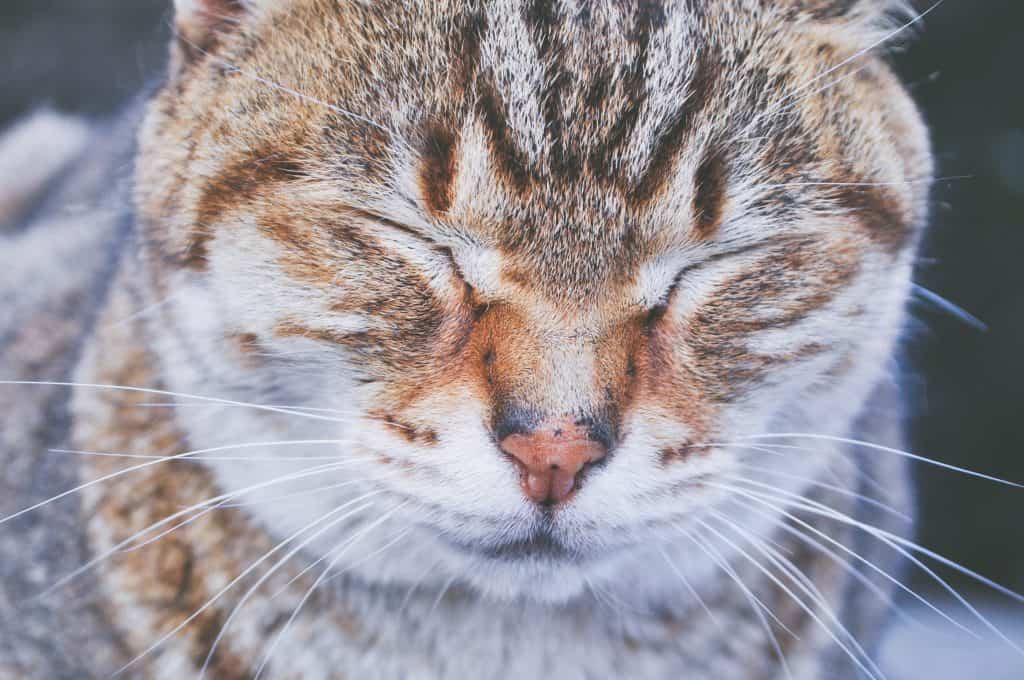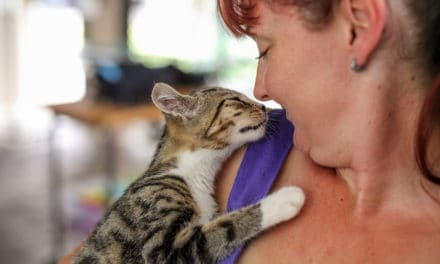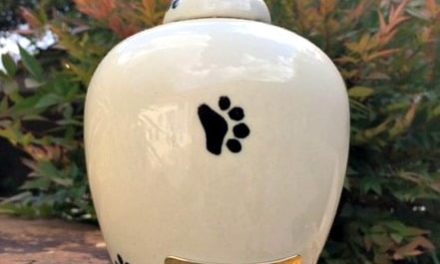Researchers unlock the mystery of cat facial expression and what it means

Study shows cats facial expression can show they are feeling relaxed-engaged, fearful or frustrated. Photo: I’m priscilla/Unsplash.com
Researchers from the U.K.’s University of Lincoln may have finally unlocked the mystery of the cat facial expression and what it means reports Jenn Savedge, MNN.com
For their study, the team evaluated 29 cats living in an animal shelter in Canada. Using video clips and a computer program called CatFACS (Facial Action Coding System,) they were able to analyse the changes in facial expressions that cats displayed both in presence of humans and away from them.
According to the cat facial expression study, which was published in the journal Behavioural Processes, cats basically have three emotional states: relaxed-engaged, fear or frustration.
When cats are afraid they may blink or half-blinking excessively and tilt their head and look at things to the left whereas a relaxed engaged cat will tend to have a right gaze and head turn bias.
Facial actions consistently associated with frustration included hissing, nose-licking, dropping of the jaw, the raising of the upper lip, nose wrinkling, lower lip depression, parting of the lips, mouth stretching, vocalisation and showing of the tongue.
The results also indicate potential qualitative changes associated with differences in intensity in cat facial expression following a human intervention.
Of course, this study was based on a small sample of cats living in an animal shelter. The researchers concede that the facial expressions of a cat living in her forever home might be different from those of cats living in a rescue centre. But the study does take an interesting glimpse into the moods of our cats as well as what is going on underneath those sweet furry faces.
Dr Kim Kendall, The Chatswood Cat Palace, is the only cat vet in Australia qualified in cat behaviour. Dr Kim says, ‘Dr Nadine Gourkow has really produced some interesting, useful observations on cats and stress-in-shelters over the years’.
‘Since the Pain Management in cats guidelines showed 25 different components of painful behaviour, it is not surprising that this study shows how subtle cat body language is. Compare the meanings of ‘left head turn and gaze’ vs ‘right head turn and gaze’ to the more vibrant and highly visual signals from dogs about the same emotions, and that about encapsulates the enigma of cats. Very interesting that the ‘blinking and half blinking’ which is thought to be a cat kiss, is really more associated with fear. Cats are just not up for a show and tell.’






